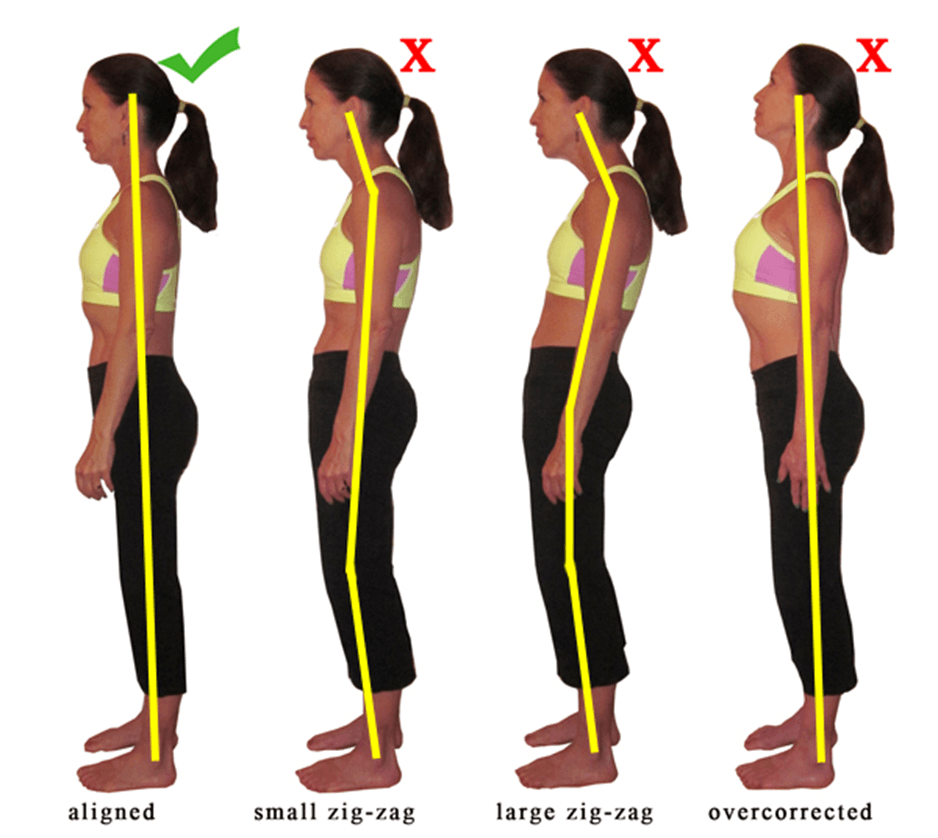
How Proper Posture Can Improve Your Overall Health in 2025
Introduction

In today’s fast-paced world, where technology dominates daily life, maintaining proper posture often takes a back seat. As we move into 2025, the importance of good posture is gaining recognition not only for its physical benefits but also for its impact on mental health. This blog explores how proper posture contributes to overall well-being and offers practical tips to improve and maintain it in the digital age.
Why Proper Posture Matters
1. Defining Proper Posture
Proper posture refers to the alignment of your body in a way that reduces strain on muscles, joints, and ligaments. This involves sitting, standing, and moving in a way that supports the natural curves of the spine.
2. Consequences of Poor Posture
- Physical Issues: Chronic back pain, neck strain, and joint problems.
- Mental Health Impacts: Increased stress, decreased self-confidence, and poor mood regulation.
- Long-Term Risks: Spinal deformities, reduced lung capacity, and poor circulation.
Benefits of Proper Posture

1. Physical Health Benefits
- Reduced Back and Neck Pain: Proper alignment decreases pressure on the spine.
- Improved Circulation: Enhances blood flow to vital organs and extremities.
- Better Digestion: Upright posture supports optimal organ function, reducing issues like acid reflux.
- Injury Prevention: Reduces the risk of musculoskeletal injuries during physical activities.
2. Enhanced Mental Well-being
- Boosts Confidence: Studies show that standing tall can enhance self-esteem.
- Reduces Stress: Upright posture lowers cortisol levels, helping manage stress.
- Improves Focus and Productivity: Proper alignment increases oxygen flow to the brain, enhancing cognitive performance.
3. Aging Gracefully
- Proper posture helps maintain bone density and muscle strength, reducing age-related physical decline.
The Role of Technology in Posture Problems

1. The “Tech Neck” Epidemic
Prolonged use of smartphones, laptops, and tablets leads to forward head posture, causing strain on the neck and shoulders.
2. Sedentary Lifestyles
Extended hours of sitting, often in poor posture, contribute to back pain and reduced mobility.
3. Ergonomic Challenges
Work-from-home setups often lack ergonomic furniture, exacerbating posture issues.
Tips for Improving Posture in 2025

1. Ergonomic Workspaces
- Use adjustable chairs and desks to maintain neutral spine alignment.
- Position monitors at eye level to avoid forward head posture.
2. Stretching and Strengthening Exercises
- Yoga and Pilates: Improve flexibility and core strength.
- Targeted Exercises: Focus on back, neck, and shoulder muscles to support posture.
3. Mindfulness and Awareness
- Practice mindfulness techniques to stay aware of your posture throughout the day.
- Use reminders or apps to check and correct posture regularly.
4. Wearable Technology
- Invest in posture-correcting devices that provide real-time feedback.
- Smartwatches and fitness trackers can alert you to prolonged slouching or inactivity.
5. Daily Habits
- Avoid crossing legs while sitting.
- Distribute weight evenly when standing or walking.
- Take breaks to stretch during long periods of sitting.
How Organizations Are Promoting Proper Posture
1. Corporate Wellness Programs
Companies are integrating ergonomic assessments and training into employee wellness initiatives to improve posture and reduce workplace injuries.
2. Healthcare Innovations
Chiropractors and physical therapists are offering digital consultations and customized exercise plans for posture correction.
3. Education and Awareness Campaigns
Governments and NGOs are running campaigns to highlight the importance of posture for long-term health.
Success Stories: Transformations Through Proper Posture
1. From Pain to Productivity
Jane, a software engineer, reduced chronic back pain and increased her productivity after adopting an ergonomic workstation and daily stretching routine.
2. Boosting Confidence
David, a high school student, overcame poor self-esteem and improved his posture by using a wearable posture device and practicing yoga.
The Future of Posture Health in 2025
1. Integration of AI and Posture Care
AI-powered devices are set to revolutionize posture monitoring, offering precise insights and recommendations tailored to individual needs.
2. Virtual Reality (VR) Solutions
VR-based training programs are being developed to teach posture-friendly habits interactively.
3. Collaborative Efforts
Healthcare providers, employers, and technology companies are collaborating to make posture health a priority in 2025.
Conclusion
Proper posture is more than just standing or sitting upright; it is a cornerstone of overall health and well-being. As we embrace the opportunities of 2025, maintaining good posture can help us overcome the physical and mental challenges of a tech-driven lifestyle. By adopting ergonomic practices, leveraging technology, and staying mindful, we can unlock the numerous health benefits of proper posture and lead healthier, more productive lives.






